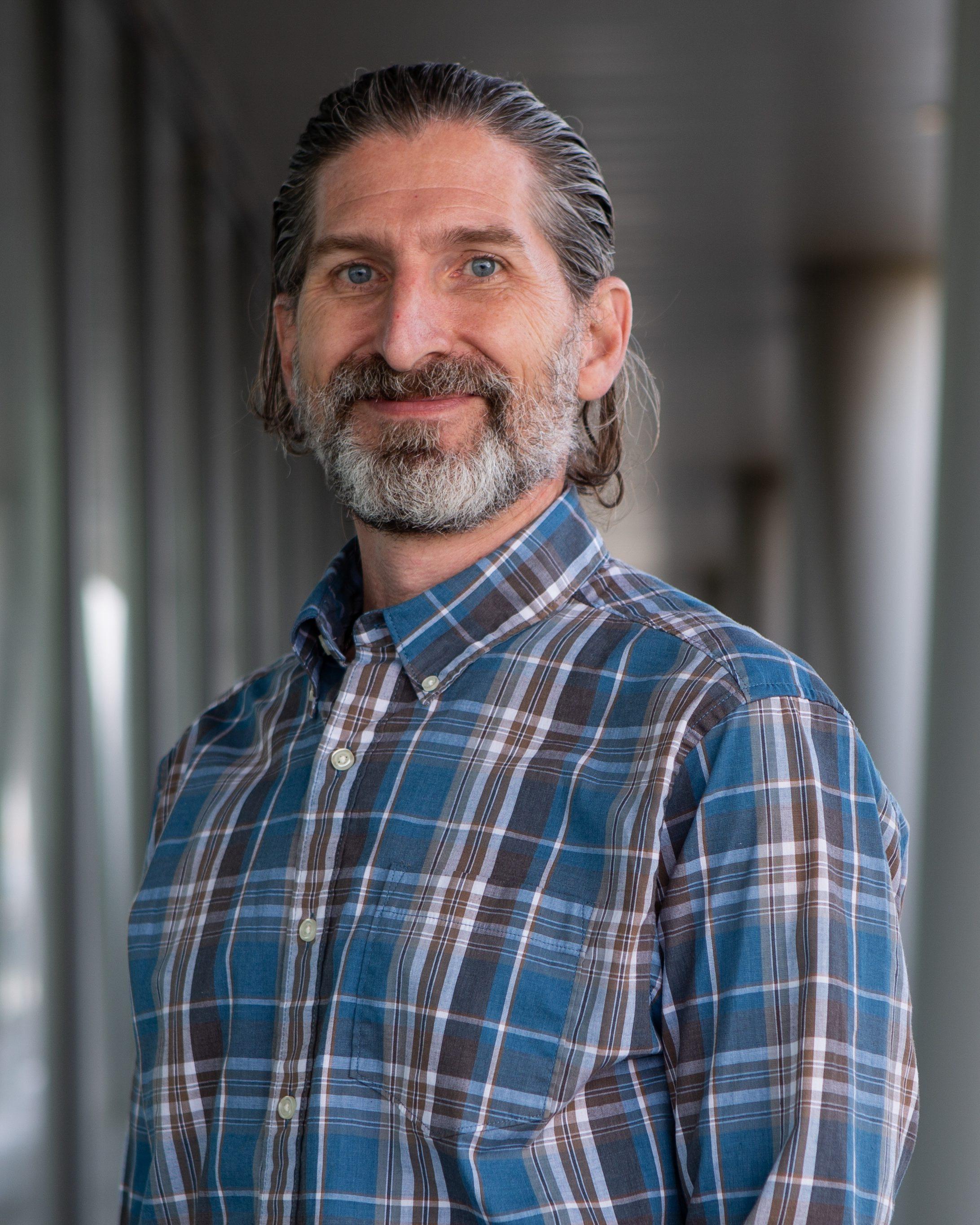Connecting Local Knowledge and Scientific Understanding
Participatory modeling
The Challenge
Between 1932 and 2010, Louisiana’s coastal area lost more than 1,800 square mile of land through a variety of means including erosion, subsidence, lack of sediment nourishment from the Mississippi River, canal dredging, and much more. The land loss represents a complex mixture of natural and human-induced causes where every potential solution comes with pros and cons that often require compromise.
The compromises are not limited to just ecological responses or coastal restoration work. Louisiana's coast is a "working coast," with residents relying on their proximity to the wealth of coastal resources - from fisheries and tourism to oil and gas production. What happens to the coastal landscape has real and measurable impacts to the quality of life, culture, and economy of more than two million Louisiana residents who call the coastal area home.
The Approach
This project tested an approach that could prove useful in not only better incorporating local knowledge into the coastal planning process, but also increasing public understanding and confidence in the modeling process. The goal of the community/researcher collaboration was to co-design a computer model representing the hydrology and ecology of Breton Sound Estuary and then use the model to test different nature-based restoration and protection projects.
On this page is included the summary of that work, "Participatory modeling: Connecting local knowledge and scientific understanding," and a number of peer-reviewed articles in the "related documents" section.
